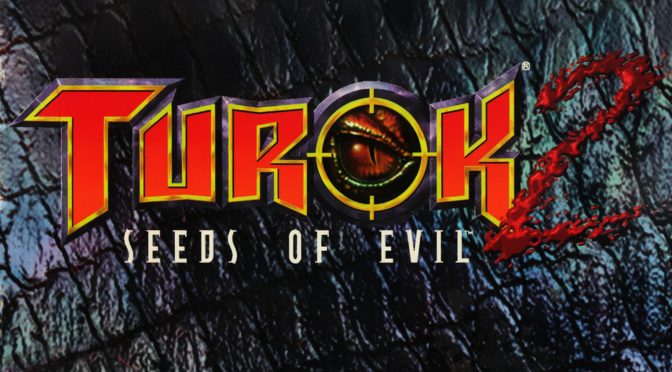Night Dive Studios has released a new update for the re-released Steam version of Turok 2: Seeds of Evil. According to the release notes, this patch makes DirectX the default graphics API for new users, improves render resource management and fixes some random DX11 crashes on application startup.
In addition, this patch makes PFM death animations work properly, makes turning while riding faster and more responsive than before, and hides all cinema camera models.
This patch will be auto-downloaded from Steam, and you can read its complete changelog below.
Turok 2: Seeds of Evil – Update #3 Release Notes:
Renderer / Graphics
====================
- Fix darkcity and rainbow cheat crash,
- Improved render resource management,
- Fix random DX11 crash on application startup,
- Fixed viewport/scissor issues for UI elements,
- Uniform buffers for OpenGL is now disabled by default for new users,
- DirectX is now the default graphics API for new users,
- Tranclucent surfaces in superrok mode are no longer affected.
Single-Player Gameplay
======================
- Cerebral Bore sound now loops properly,
- Correct music is now played for the first Oblivion cinematic,
- All cinema camera models are now hidden,
- Failsafe check for final stage for Blind Boss,
- Turning while riding is now faster/responsive,
- PFM death animations now works,
- Can no longer mantle into water regions.
Local and Network Multiplayer
=============================
- Any tracking cerebral bores are destroyed when the targeted player respawns.

John is the founder and Editor in Chief at DSOGaming. He is a PC gaming fan and highly supports the modding and indie communities. Before creating DSOGaming, John worked on numerous gaming websites. While he is a die-hard PC gamer, his gaming roots can be found on consoles. John loved – and still does – the 16-bit consoles, and considers SNES to be one of the best consoles. Still, the PC platform won him over consoles. That was mainly due to 3DFX and its iconic dedicated 3D accelerator graphics card, Voodoo 2. John has also written a higher degree thesis on the “The Evolution of PC graphics cards.”
Contact: Email

